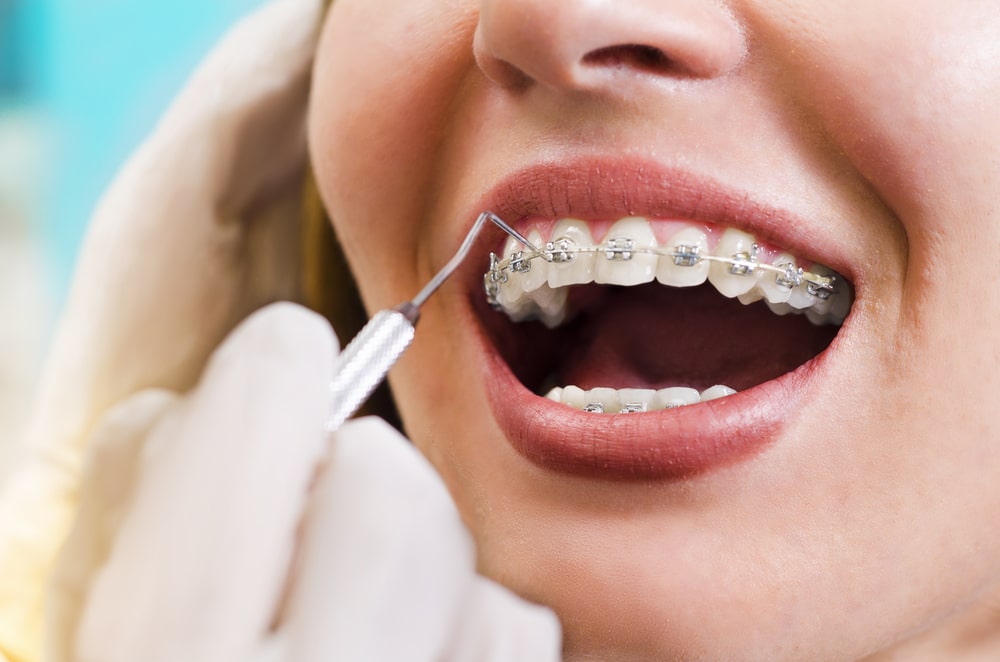Understanding the duration of orthodontic treatment can ease many concerns. Whether considering braces for kids or adults, it’s important to know what to expect. The length of treatment depends on several key factors. First, the type and severity of dental issues play a major role. If teeth are crowded, spaced, or misaligned, this can influence the timeline. Second, the chosen treatment method, such as traditional braces or clear aligners, can vary in duration. Lastly, patient cooperation is crucial. Following the orthodontist’s instructions, attending regular appointments, and maintaining good oral hygiene all contribute to an effective and efficient treatment process. On average, most treatments take between one to three years. Each individual’s situation is unique, so consulting with an orthodontist is the best way to get a personalized estimate. They can provide guidance and set realistic expectations. With the right information, starting orthodontic treatment becomes a more manageable and informed decision.
Factors Influencing Treatment Duration
Many factors affect how long orthodontic treatment lasts. Here are three major ones:
- Severity of the Case: More complex dental issues may require extended treatment.
- Type of Appliance: The choice between metal braces, ceramic braces, or clear aligners can change the timeline.
- Patient’s Age: Children’s teeth may adjust more quickly compared to adults, though this can vary.
Types of Orthodontic Treatment
Different orthodontic appliances can be used, each with its own expected treatment time. Here’s a quick comparison:
| Treatment Type | Average Duration |
|---|---|
| Traditional Metal Braces | 18 to 36 months |
| Ceramic Braces | 18 to 36 months |
| Clear Aligners (e.g., Invisalign) | 12 to 24 months |
According to the American Association of Orthodontists, these durations can vary. Orthodontists customize plans based on each patient’s needs.

Importance of Patient Cooperation
Patient cooperation is integral to timely and successful treatment. Here are key areas where cooperation matters:
- Regular Appointments: Keeping scheduled visits helps monitor progress and make necessary adjustments.
- Oral Hygiene: Maintaining good oral hygiene prevents complications that could delay treatment.
- Following Guidelines: Adhering to dietary and care instructions protects braces and ensures effective treatment.
Why Timelines May Vary
While average timelines provide a rough guide, several personal factors can cause variations. These include:
- Biological Response: Everyone’s teeth and gums respond differently to braces.
- Compliance with Care Instructions: Not following advice can lead to delays.
- Unforeseen Dental Issues: Some patients might develop issues that require additional treatment.
Consultation with an Orthodontist
Before beginning treatment, a consultation is essential. An orthodontist evaluates the specific dental needs and provides a treatment plan tailored to the individual. This plan includes an estimate of the treatment duration. An orthodontist’s expertise ensures that all factors are considered, leading to a reliable timeline.
The American Dental Association offers valuable resources on what to expect during consultations. They can help you prepare for discussions with your orthodontist.
Final Thoughts
Orthodontic treatment is a significant step toward achieving a healthy, beautiful smile. While the timeline can seem daunting, understanding the factors involved and working closely with an orthodontist can make the process more predictable and less stressful. With commitment and cooperation, the path to a well-aligned smile becomes clearer and more achievable.

